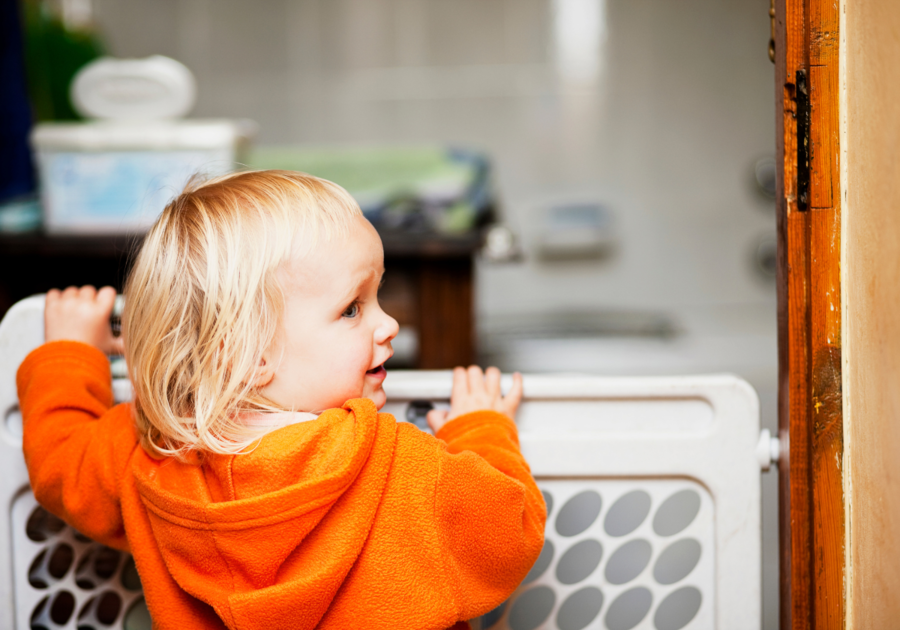Hello, wonderful parents, grandparents, and caregivers! As we welcome September, we also embrace an important month dedicated to the safety and well-being of our tiniest treasures – it's Baby Safety Month. This month-long observance encourages us to take a closer look at our habits and routines to ensure we're providing the safest environment possible for our little ones.
Caring for the Tiniest Treasures
Whether you're a new parent, a seasoned caregiver, or a proud grandparent, the safety of our babies is always at the forefront of our minds. Every step we take to ensure their security is a step toward giving them the best start in life. Let's explore ten essential ways to practice baby safety, providing a secure and loving environment for our precious bundles of joy.
Top 10 Ways to Practice Baby Safety
- Safe Sleep Practices: Ensure that your baby sleeps on their back, in a crib with a firm mattress and a fitted sheet. Avoid soft bedding, pillows, and stuffed animals in the crib.
- Car Seat Safety: Use a properly installed rear-facing car seat every time your baby rides in a car. It's crucial to follow manufacturer guidelines and safety recommendations.
- Childproof Your Home: Baby-proof your home by securing heavy furniture to the wall, covering electrical outlets, and using safety gates where needed.
- Bath Time Safety: Never leave your baby unattended during bath time. Gather all bath supplies beforehand and keep one hand on your baby at all times.
- Toy Safety: Choose age-appropriate toys without small parts that can be choking hazards. Regularly inspect toys for wear and tear.
- Safe Feeding: Practice safe feeding habits by holding your baby while they're eating and ensuring they're sitting upright. Avoid feeding them while they're lying down.
- Fire Safety: Install smoke detectors in your home and create a fire escape plan. Practice the plan with your family so everyone knows what to do in case of an emergency.
- Proper Holding Techniques: Support your baby's head and neck when holding them, especially during the first few months. As they grow, adapt your holding style to their developmental stage.
- Monitor Temperature: Keep your baby's room at a comfortable temperature (between 68-72°F) and dress them in appropriate layers to prevent overheating or chilling.
- Regular Checkups: Schedule regular pediatrician visits to ensure your baby's health and development are on track. Don't hesitate to ask questions and voice any concerns you may have.
Sources and Resources for Baby Safety
To further guide you on your journey to creating a safe environment for your baby, here are some valuable sources to reference:
- American Academy of Pediatrics - Safe Sleep Practices
- Safe Kids Worldwide - Car Seat Safety Tips
- Consumer Product Safety Commission - Babyproofing Your Home
- National Highway Traffic Safety Administration - Car Seat Inspection Locator
- American Red Cross - Home Fire Safety
As we celebrate Baby Safety Month, let's commit to practicing these safety tips every day. By making baby safety a top priority, we're nurturing a foundation of love, care, and security for our little ones. Together, let's create a world where our babies can grow, explore, and thrive in a safe and protected environment.



